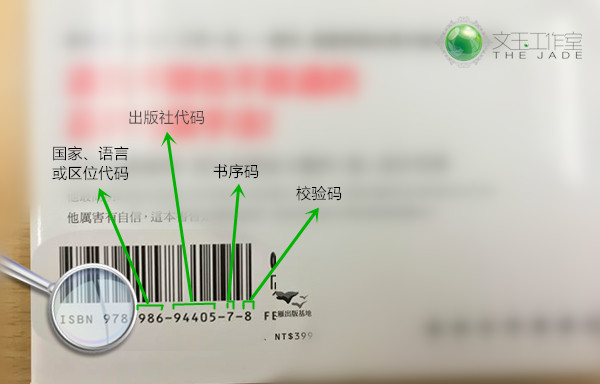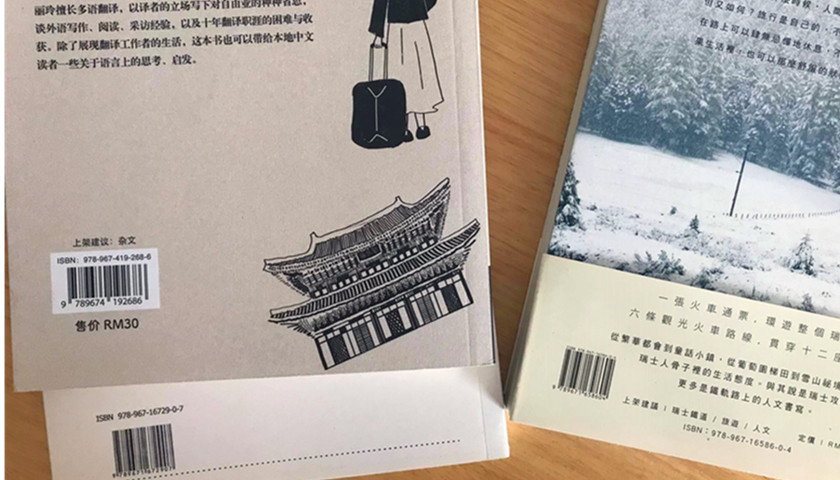by CHENG Sue Yan
You may have noticed a 10-digit or 13-digit code on the copyright page or the back cover of a book. Have you ever wondered what it really is? It is called ISBN. Just like humans, books have their own “identification numbers”.
ISBN stands for International Standard Book Number. It is a code that is used internationally by publishers, both mainstream and indie, to identify books (except for periodical publications).
The use of ISBN system plays a significant role in the development of book publishing industry. It eases the workload of publishers, making the process of book publishing–from production to distribution–more systematic.
The ISBN is 10 digits in length if assigned before January 2007. With effect from 1 January 2007, the ISBN system has been changed to 13 digits. Each ISBN consists of five number combinations, with each combination being separated by spaces or hyphens, and having its own special meaning.
Let’s take a look at what these numbers mean.

Combination 1: Prefix
This combination is known as “European Article Number”. The code for book products is either 978 or 979.
Combination 2: Registration group
This combination identifies the country or geographical region participating in the ISBN system. The combination may be between 1 and 5 digits in length.
Combination 3: Registrant
This combination identifies the publisher. The length may vary between 2 and 5 digits. The larger the scale of the company and the more publications it has, the shorter the number.
Combination 4: Publication
The length may vary between 1 and 6 digits. The more publications the publisher has, the longer the number.
Combination 5: Check digit
The final single digit (O to 9) appears at the end of the ISBN which validates the ISBN. The letter “X” is used to denote number 10.
There is an interesting way to calculate the check digit. Stay tuned for more information on this topic.





